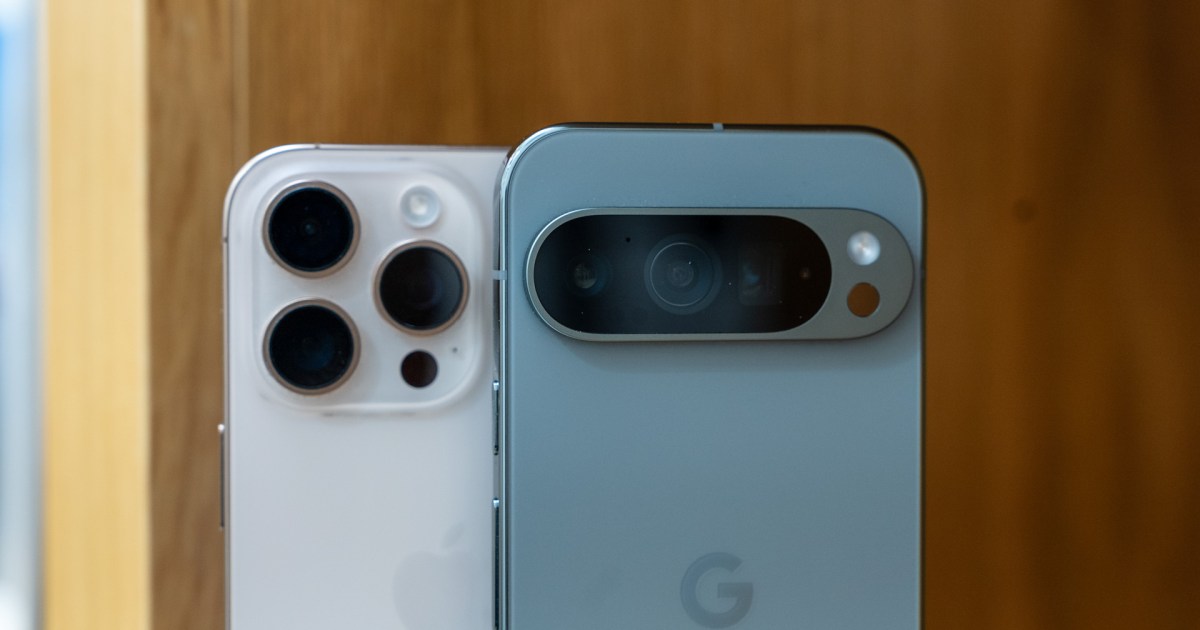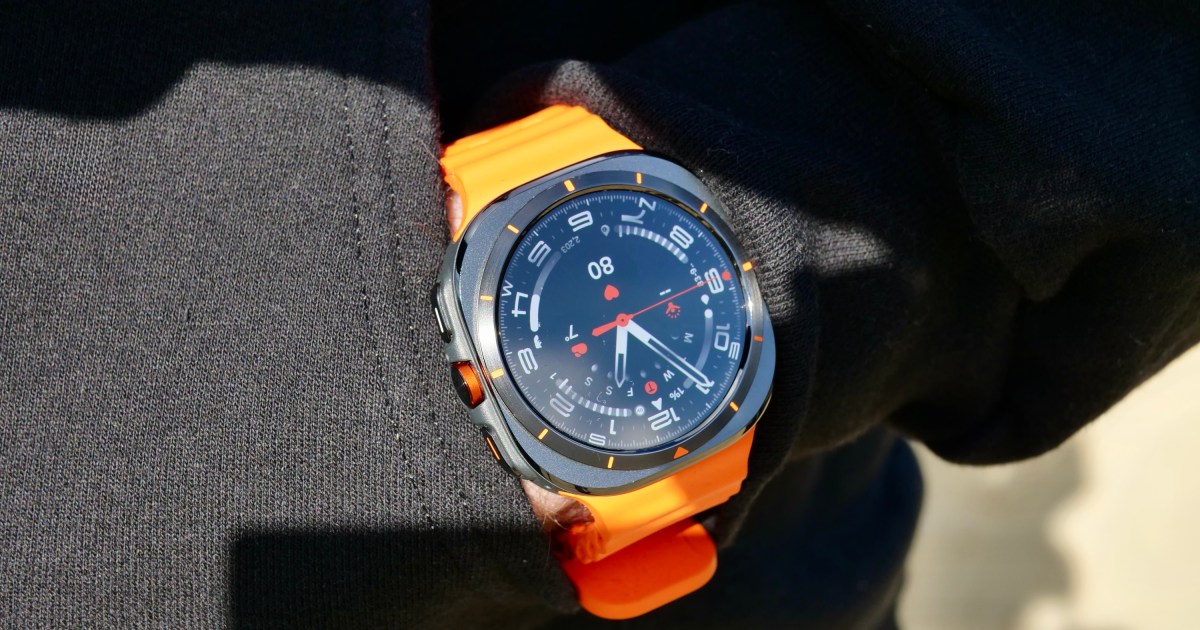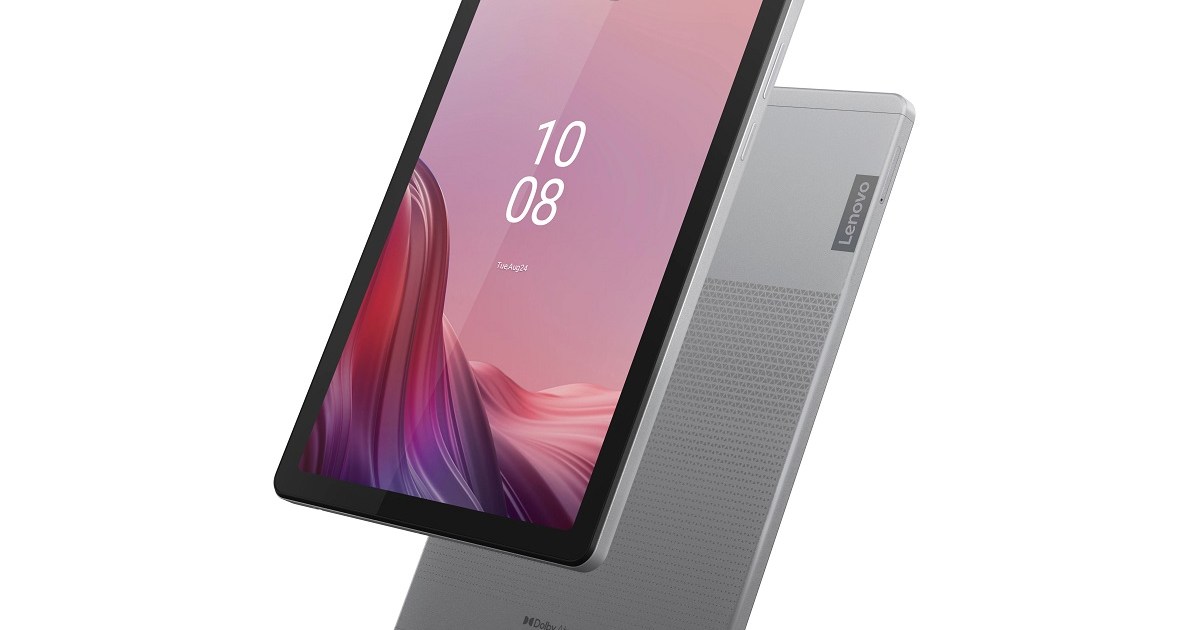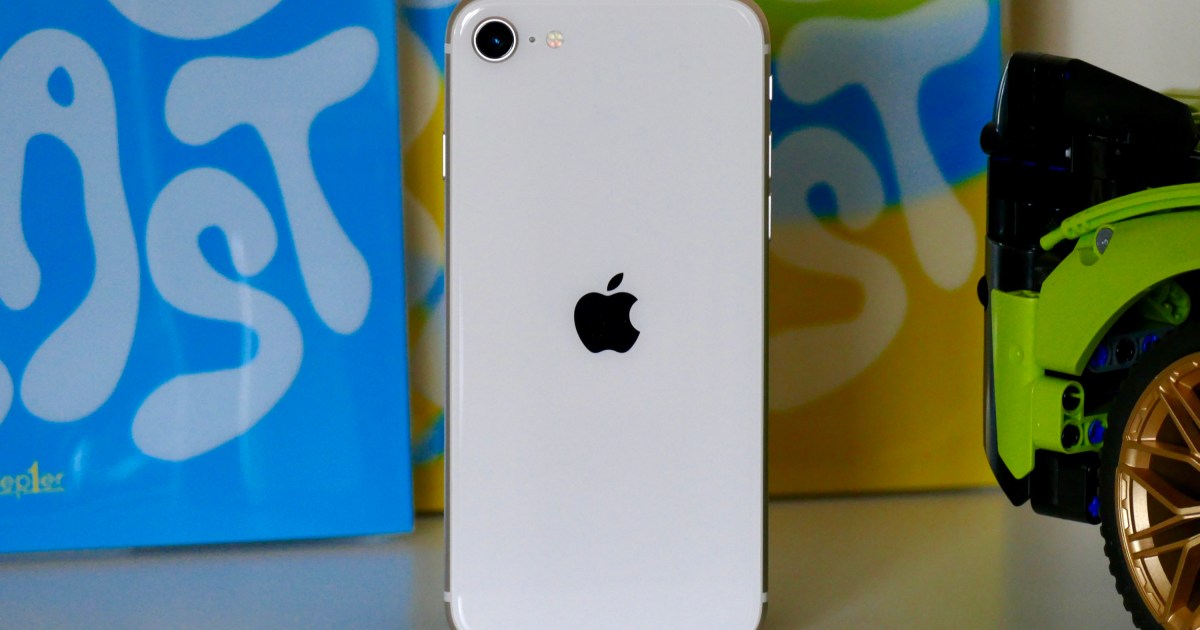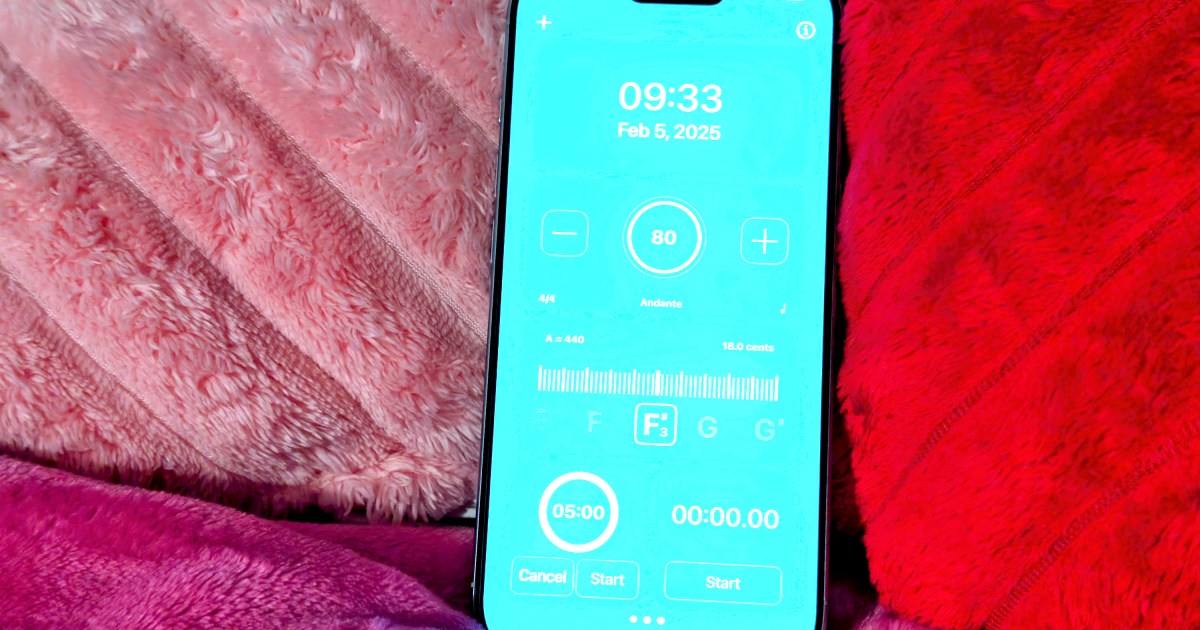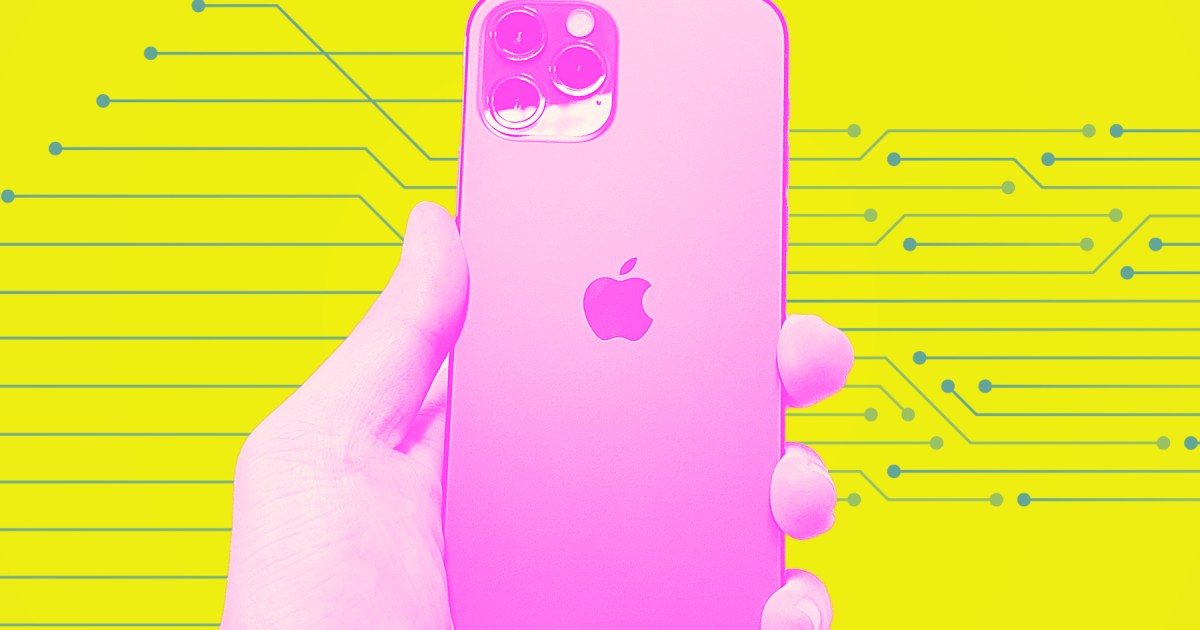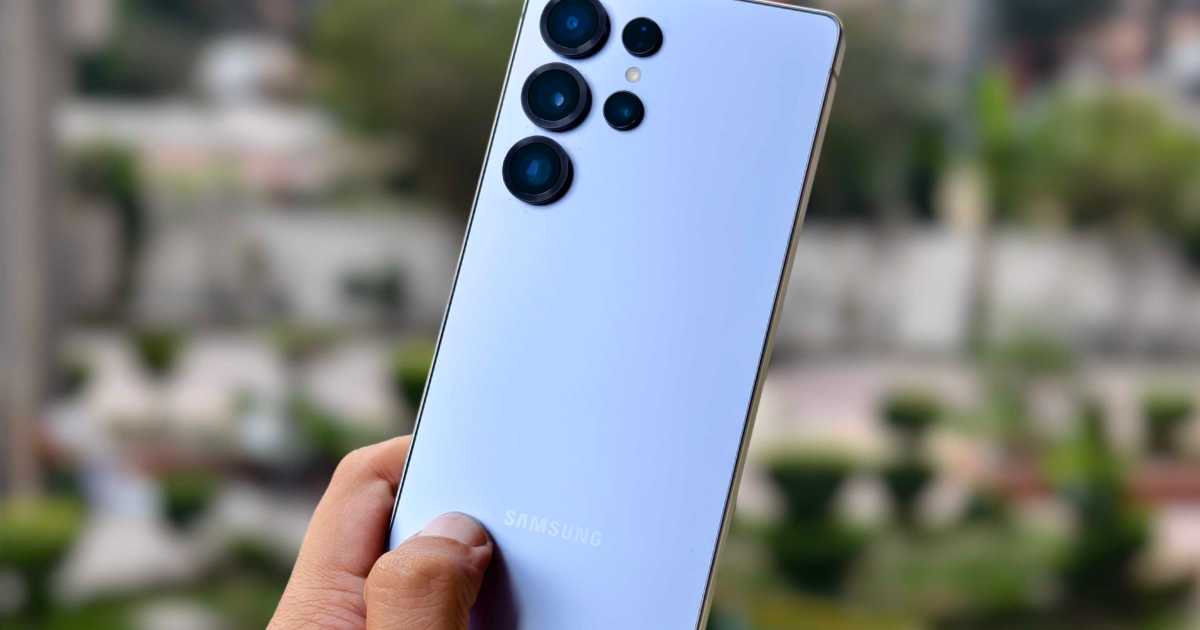For nearly two decades, my backpack weighed over twenty pounds, packed with electronics I thought essential for my professional content creation. This included a MacBook, a full-frame camera with a hefty lens, a tripod, and an array of video and audio equipment.
Surprisingly, in the past couple of years, much of this gear became redundant. Innovative product releases quickly outpaced technology I once considered indispensable.
Smartphone camera advancements, particularly the Pixel 9 Pro, played a significant role in this shift. However, that wasn’t the sole catalyst. The rise of vertical video, now as important as traditional horizontal formats, coincided with the launch of my favorite DJI product to date: the DJI Pocket 3.
Here are five devices that finally convinced me to lighten my load by over ten pounds and leave my full-frame camera at home.
DJI Osmo Pocket 3
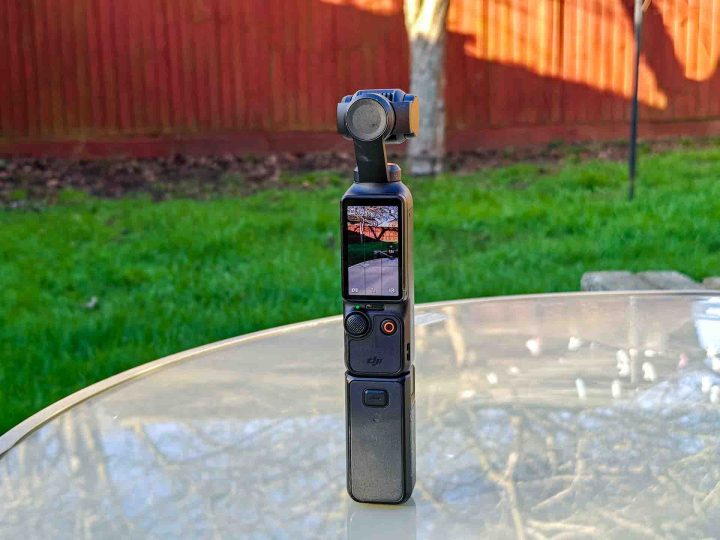 Osmo Pocket 3 on a table with the external battery pack attached
Osmo Pocket 3 on a table with the external battery pack attached
The DJI Pocket 3 is the clear starting point. I’ve already discussed how it transformed my workflow last year, but its impact is even more profound. While DJI has a long-standing reputation for excellent handheld gimbals, action cameras, and drones, the Pocket 3 stands out as a game-changer for content creators.
Having attended over 50 major tech events, last month’s CES 2025 highlighted the Pocket 3’s prevalence. Nearly everyone capturing video was using one. The reason? It’s the only product that effortlessly switches between vertical and horizontal video without compromising quality. A quick screen rotation toggles between 4K horizontal (16:9) and 3K vertical (9:16) recording.
Other aspect ratios are available, including square formats for social media, but these two maximize the camera’s capabilities. While the Pocket 3 can capture photos, its performance falls short of most smartphone cameras, so I primarily use it for video. Features like facial tracking and seamless integration with the DJI Mic series make it ideal for vlogging.
DJI Mic 2
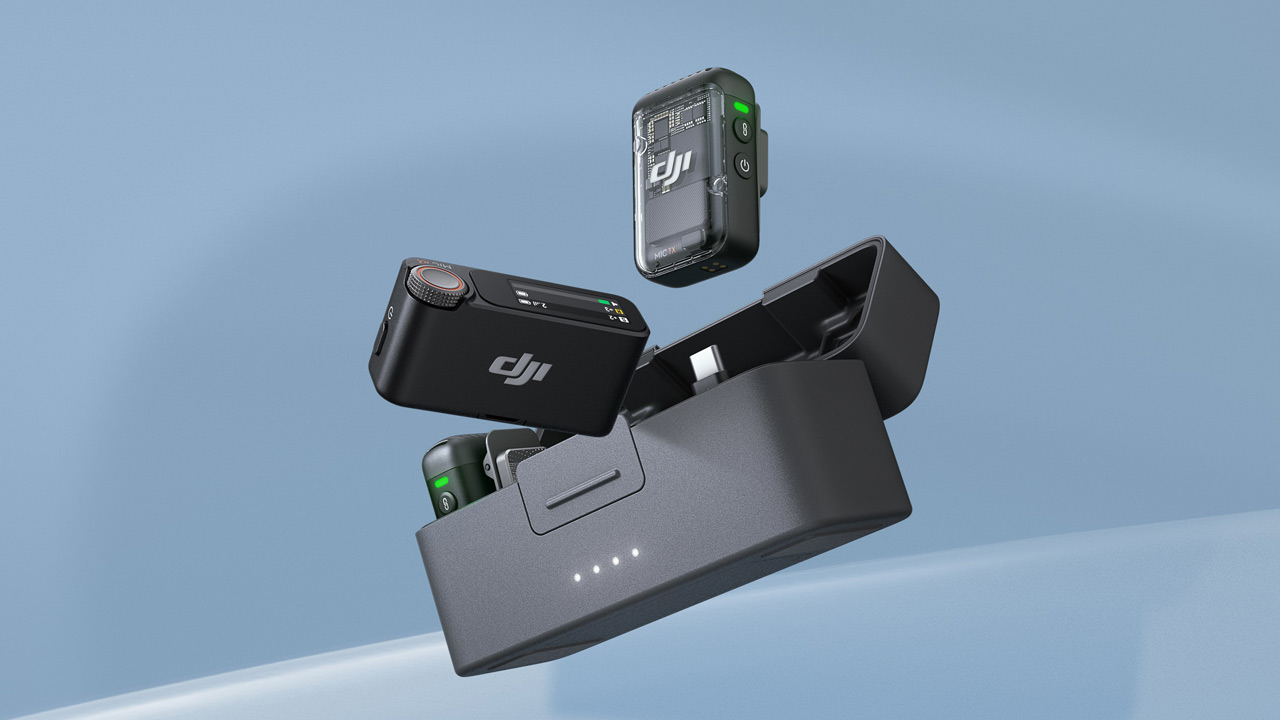 Product render of the DJI Mic 2 on a blue background
Product render of the DJI Mic 2 on a blue background
Before the DJI Mic and similar compact wireless microphones from companies like Rode, capturing high-quality audio for video was a cumbersome process. It involved bulky microphone setups with transmitters, receivers, and tangled cables, followed by tedious audio-video syncing in post-production.
The DJI Mic 2’s seamless integration with the DJI Pocket 3 is a major advantage. The Pocket 3 Creator Combo automatically pairs the devices upon first use. Even if purchased separately, pairing is quick and easy. Subsequent power-ups automatically reconnect, eliminating the need for separate audio syncing. The Pocket 3 directly uses the audio from the paired DJI Mic 2.
This combination saves me at least an hour on short-form videos and several hours on longer projects. Streamlining content capture frees up time and energy, leaving me focused on the creative process.
Google Pixel 9 Pro
 Pixel 9 Pro in Rose Quartz.
Pixel 9 Pro in Rose Quartz.
The Osmo Pocket 3 has limitations, specifically in photography and on-the-go video recording. For the latter, I rely on the iPhone 16 Pro. However, for still photos, especially product shots, the Pixel 9 Pro excels.
Thanks to Myriam Joire from the Mobile Tech Podcast, I discovered the power of the Pixel 9 Pro’s 2x zoom mode. Combined with its ability to capture RAW and JPG formats simultaneously in auto mode (unlike other Android phones that require Pro or Master modes), it’s become my go-to setup for product photography.
Recently, I covered a Samsung Galaxy S25 series preview using only the Pixel 9 Pro and Osmo Pocket 3, leaving my full-frame camera at home. The results were outstanding. Using a phone for photography simplifies editing and sharing, eliminating the need for computer transfers. While I edited the S25 photos in Lightroom on my Mac, the Pixel 9 Pro offers flexibility.
Apple iPhone 16 Pro
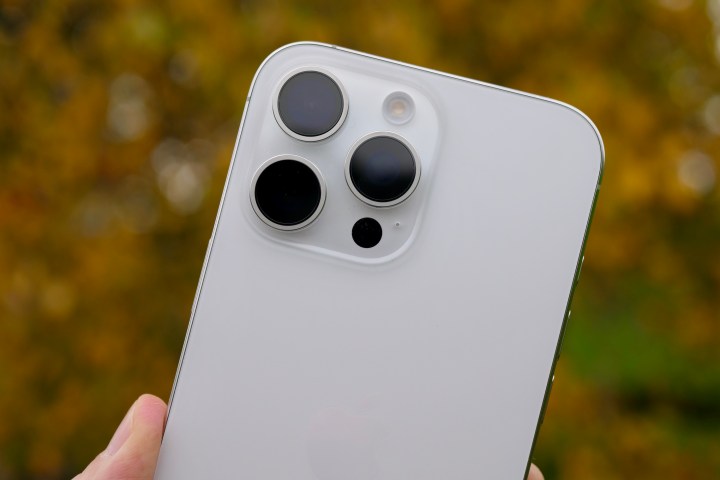 The Apple iPhone 16 Pro Max
The Apple iPhone 16 Pro Max
While the Pixel 9 Pro excels at photos, its video capabilities are less impressive. The Osmo Pocket 3 serves as a capable replacement, but it’s another device to carry. Fortunately, my iPhone 16 Pro is always readily available, offering the best smartphone video recording experience.
Its cinematic video mode, while reducing resolution from 4K, provides incredibly smooth handheld panning and movement. Previously, this required a tripod and camera setup. Now, the Osmo Pocket 3 or iPhone 16 Pro offer convenient alternatives.
I prefer the Pixel 9 Pro for product photography, but for video, Apple’s flagship still reigns supreme.
Other Essential Devices
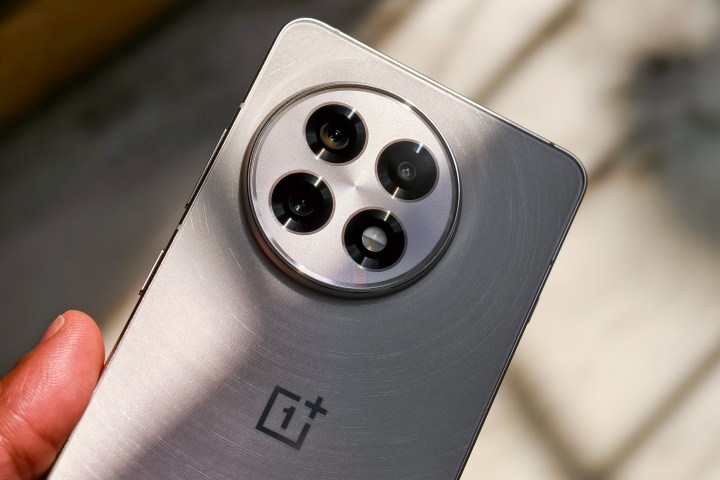 Camera module on the OnePlus 13R white held in hand.
Camera module on the OnePlus 13R white held in hand.
My previous full-frame setup demanded a large, specialized camera bag, making me a target for theft while traveling. Downsizing my gear allows me to use a standard backpack, like my current Troubadour bag, offering more discretion and flexibility.
Inside, I carry devices like the OnePlus 13 or Oppo Find X8 Pro, which effectively replace zoom lenses. Even the Samsung Galaxy S25 Ultra can’t compete, as I discovered in a recent camera comparison in Dubai.
If you’re burdened by a full-frame or DSLR camera, consider making the switch. The Osmo Pocket 3 Creator Combo, priced at $700 and including a DJI Mic 2, is a versatile replacement for most applications. While it may not be ideal for all broll or pan shots, adjusting the panning speed can improve results.
The Pixel 9 Pro stands out for product photography, leveraging Google’s AI and image processing without manual editing. Automatic backups to Google Photos ensure your work is safe, even if your phone is damaged.



